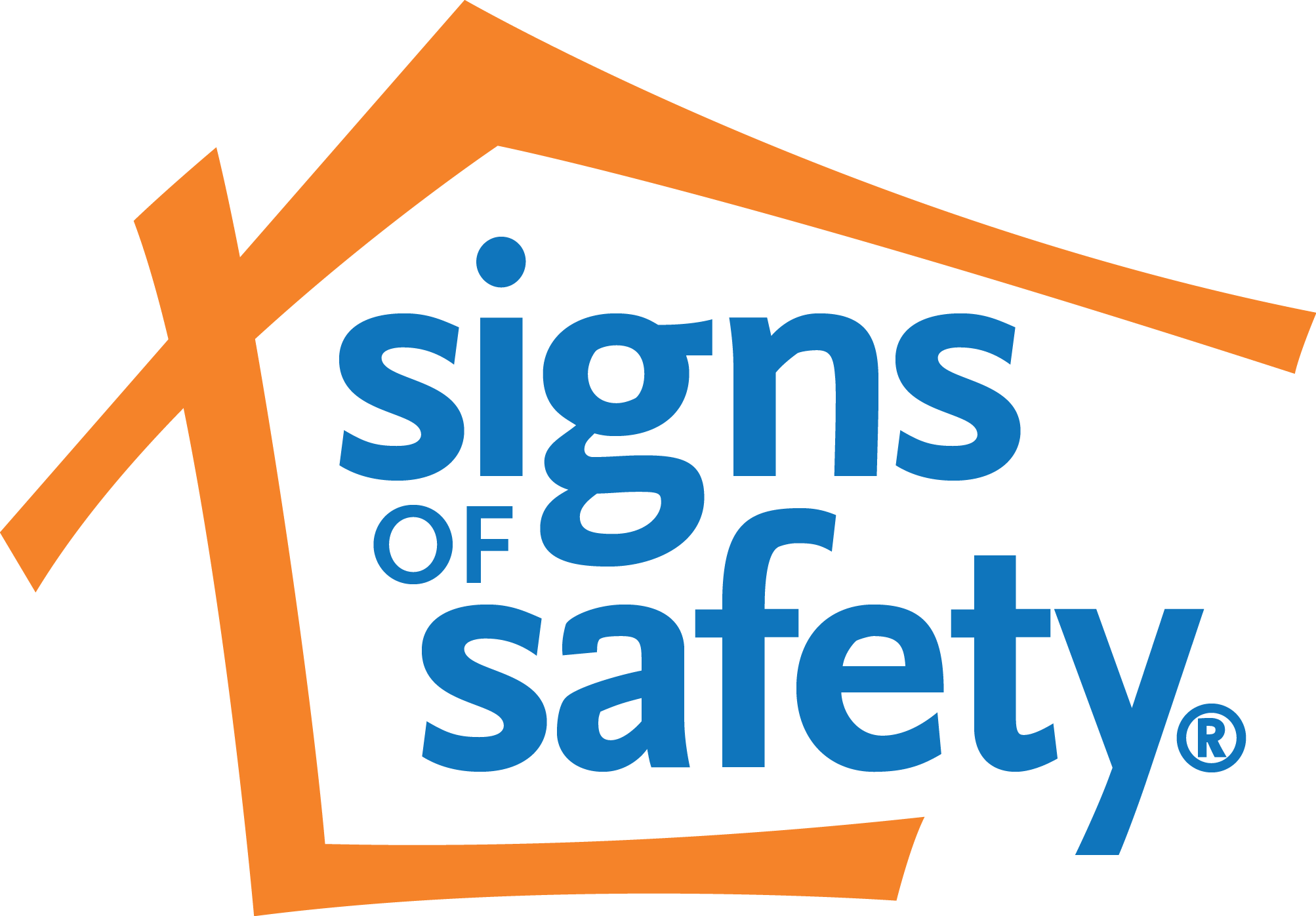This page describes the Resolutions approach to ‘denied’ child abuse which organises the work not around the denial but on future safety.
Elia International Ltd in Western Australia provides a clinical family therapy treatment service for families where child maltreatment has occurred or is suspected, but the parents deny responsibility. This work is undertaken in consultation with one of the leading creators of the model, Susie Essex from Bristol, England. The Resolutions approach has contributed significantly to evolving the safety planning emphasis of the Signs of Safety approach.
The “Resolutions” family therapy model was created and developed by English family therapists Susie Essex, John Gumbleton and Colin Luger (Child Abuse Review, 1996, 5, 191-201 and Australian and New Zealand Journal of Family Therapy, 1999, 20[3], 139-148). Andrew and Susie have just completed a book that provides a comprehensive description of the model titled Working with ‘denied’ child abuse: the Resolutions approach published by Open University Press.
The Resolutions model is designed exclusively for working with families who want to reunite, and where there is serious, alleged or substantiated child abuse but responsibility for the abuse is denied by the parent(s). Situations of ‘denial’ are some of the most difficult cases in the child abuse field, not because the actual abuse itself is necessarily the ugliest, but because when a family determinedly deny the allegations, professionals feel powerless and these cases frequently become mired in intense professional-family mistrust and dispute.
The Resolutions model takes a radical approach to these situations, since it sets aside the pursuit of an admission from the suspected perpetrator in response to the pragmatic reality of child protection casework, that many suspected perpetrators will never admit responsibility. By the time the referral is made to the Resolutions program, the avenue of gaining an admission will have been pursued vigorously and has already proved itself to be unsuccessful. Therefore, the Resolutions approach sets aside the denial dispute and takes a radically safety focused approach to the problem.
The Resolutions approach aims firstly to build a working partnership between the treatment team, the family and significant members of their extended family/social network, drawing on the family’s motivation to get the professionals out of their lives. The Resolutions programme provides the family with the opportunity to demonstrate that it can function in a manner that both displays transparent safety for the children and creates a context where the alleged perpetrator does not place him/herself in situations where further allegations or misunderstandings could arise.
The four principal treatment elements of the Resolutions model are:
- Building a working partnership with the family. This includes initial meetings, establishing ground-rules for contact, listening to client’s stories about issues and events, and establishing ways of discussing the issues that are comfortable for all – including the children – while at the same time addressing the seriousness of the matters.
- Using a words and pictures process that describes the allegations/convictions in an age appropriate manner for the family’s children. The words and pictures are also be presented to a family chosen, child protection agency approved, network of extended family and friends. This transparently demonstrates safety as the family is stepping outside the secrecy usually associated with child abuse. The words and pictures are able to used because they always include a statement that the accused says s/he didn’t do these things. So typical words would be: “The judge and the child welfare are worried about C and M. The worries are because C and M said that Dad touched them on their private parts and they also said Dad got them to touch him on his private parts. Dad said he didn’t do these things but the judge was still worried and can’t decide what to think. The judge wants to make sure nothing like that happens to C and M in the future and that they stay safe.” A similar but different” hypothetical discussion, in which the parents role play a similar family facing similar substantiated abuse issues where the perpetrator has admitted responsibility. This process enables the parents/caregivers to discuss issues they are unwilling/unable to overtly discuss in their own situation.
- Development with the family of a rigorous Family Safety Plan, this will be the basis for safe living arrangements when the family reunites. The Safety Plan will ensure contact between the alleged/convicted perpetrator and the child(ren) is transparently safe and will place limitations on this relationship(s). It also protects the alleged/convicted perpetrator from future allegations/misunderstandings. Correspondingly, the Safety Plan will emphasize the roles and responsibility of the safe (safer) caregivers. The Safety Plan will also involve an extensive group of people from the normal extended family and friend network.
- It is a vital and central aspect of this model that the statutory child protection worker responsible for the case is required to attend all sessions. This enables the worker to gain increased insight into the family’s perspective and to directly verify, on behalf of the statutory agency, any progress that is made during the programme. The worker’s presence also underlines for the family that it must present its achievements regarding addressing the seriousness of the issues and the development of safety in ways that are convincing for the statutory agency. The worker’s direct involvement also enables the facilitator/therapist to stay focused on building the working partnership and to create a space in which the issues can be seriously faced and dealt with outside of the dispute about responsibility. The statutory worker’s presence also keeps the facilitator/therapist directly mindful of enabling the family to deliver outcomes that will satisfy the statutory agency.
John Gumbleton
